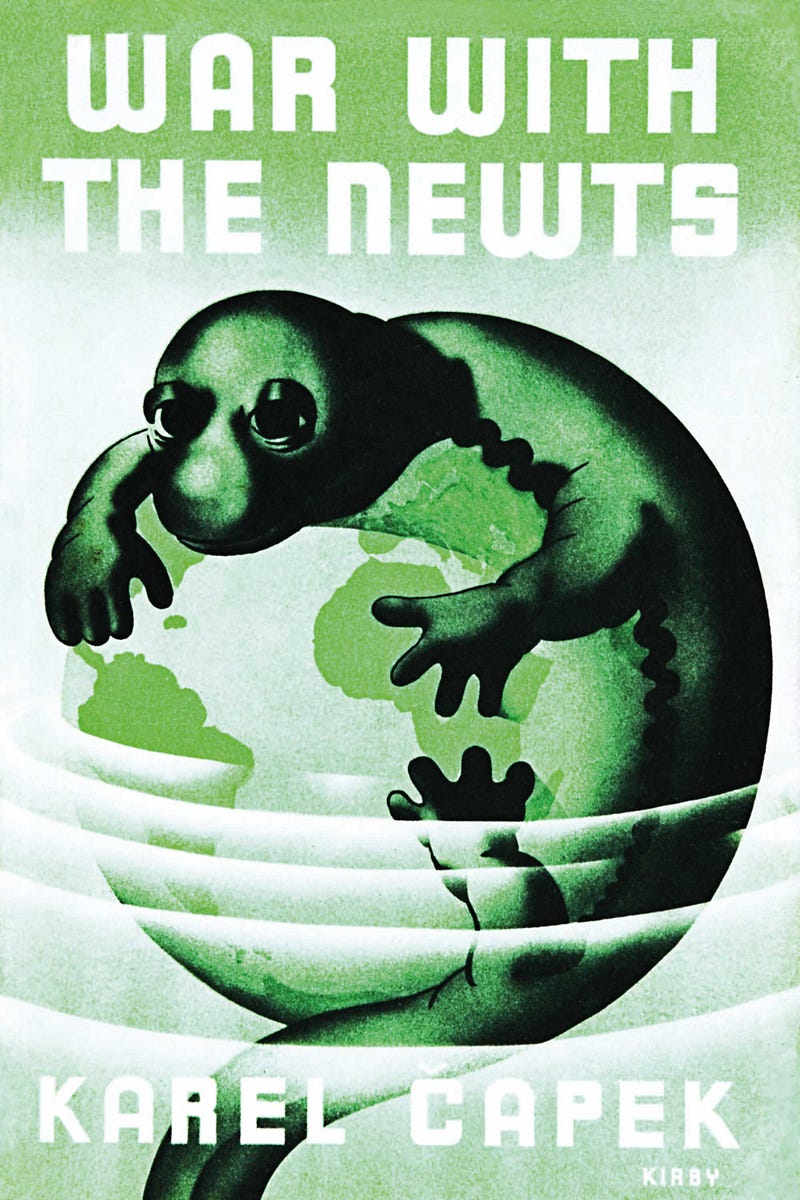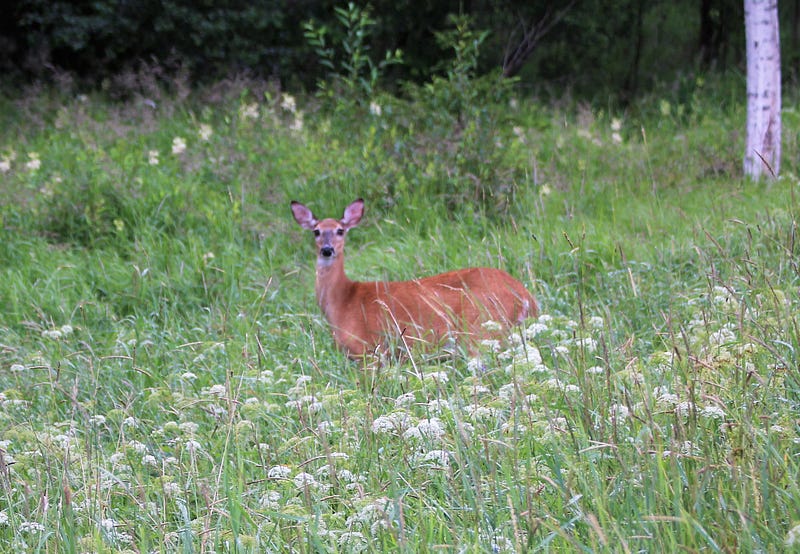Exploring Robotics, the Metaverse, and COVID-19 in Wildlife
Written on
Chapter 1: Robotics and Artistic Innovation
This week has commenced with enthusiasm, and it's the perfect time for a delightful reading list packed with intriguing topics!
- Artist Creates Climbing Robot Caterpillars
Reuben Heyday Margolin is an innovative artist specializing in kinetic sculptures that blend the beauty of nature with mathematical precision. His recent project features a caterpillar that elegantly navigates a rugged wooden landscape. Margolin explains that this piece, crafted in 2019, can maneuver over varying terrains thanks to a micro-controller that manages a database of 250,000 angles. The caterpillar's journey is dictated by these angles, allowing it to traverse the woodpile—a structure designed with a specific polynomial spline for curvature. The assembly of the caterpillar took months, involving extensive learning about servo motors and coding. This project was a delightful challenge in mathematical problem-solving.
- The Absence of Legs in the Metaverse
Over at The Next Web, Ivan Mehta raises an intriguing observation: Why do avatars in the metaverse appear to lack legs? In various showcases, including one by Accenture, avatars not only seem legless but often appear hollow from below. The absence of leg-tracking technology makes it impossible to animate avatars' legs in sync with real-life movements, leading to an unsettling experience for users. As Mehta notes, this phenomenon is linked to potential nausea caused by mismatched visual expectations in VR environments.

- Karel Čapek's Vision of Intelligent Newts
Karel Čapek, the writer who introduced the term "robot" in his 1920 play "Rossum’s Universal Robots," offers another fascinating narrative in his 1936 sci-fi novel, "The War With The Newts." The story begins when a fisherman discovers a race of oversized, intelligent newts that he employs for pearl diving. As their productivity disrupts global markets, newts become integral to various underwater industries. However, as their population grows, tensions escalate, leading to conflicts between humans and newts over territory. This tale serves as a cautionary reflection on the consequences of unchecked progress.

- Da Vinci's Helicopter Concept Takes Flight
Leonardo da Vinci's 15th-century designs for a helicopter featuring corkscrew propellers have recently been validated by engineering students who successfully constructed a functional model. Using modern materials and technology, the team found that da Vinci's visionary concept could indeed achieve flight, surprising even the creators themselves. They conducted simulations and created prototypes, ultimately leading to a working aircraft that honors da Vinci's innovative spirit.
- COVID-19 in White-Tailed Deer
Recent studies reveal alarming statistics: 60% of white-tailed deer in Iowa tested positive for COVID-19. This raises critical questions about how the virus has spread among deer populations, especially considering their proximity to humans. Experts are concerned that deer could become a reservoir for the virus, posing risks to wildlife, livestock, and human health.

- Charming Glowing Mushroom Night Lights
While nightlights may not be a necessity, the allure of adorable glowing mushroom designs is hard to resist. These delightful nightlights purportedly activate automatically at dusk, adding a whimsical touch to any space.
- Innovative Urban Wind Turbine Design
Urban wind turbines often struggle due to erratic wind patterns in cities. However, a new design, the "O-Wind" turbine, captures wind from all directions, enabling it to generate electricity efficiently. This concept evolved from NASA's Mars rover research, where it was originally intended to harness cross-winds for exploratory vehicles. The potential for this design in urban settings could lead to a sustainable energy solution.
- A Tool for Discreet Emailing
Have you ever wished to send an email without the recipient noticing? "Straight to Spam" is an online tool that generates spam-like text to help your email bypass the recipient's inbox. This clever tool could be useful for inviting someone to an event without the desire for them to attend.
- A Final Round of Engaging Reads
The week ends with a collection of fascinating articles, from the sale of an FBI mobile command center truck to explorations of innovative technologies and creative endeavors in various fields.
Clive is a contributing writer for the New York Times Magazine and has written extensively on technology and culture. You can find him on Twitter and Instagram as @pomeranian99.